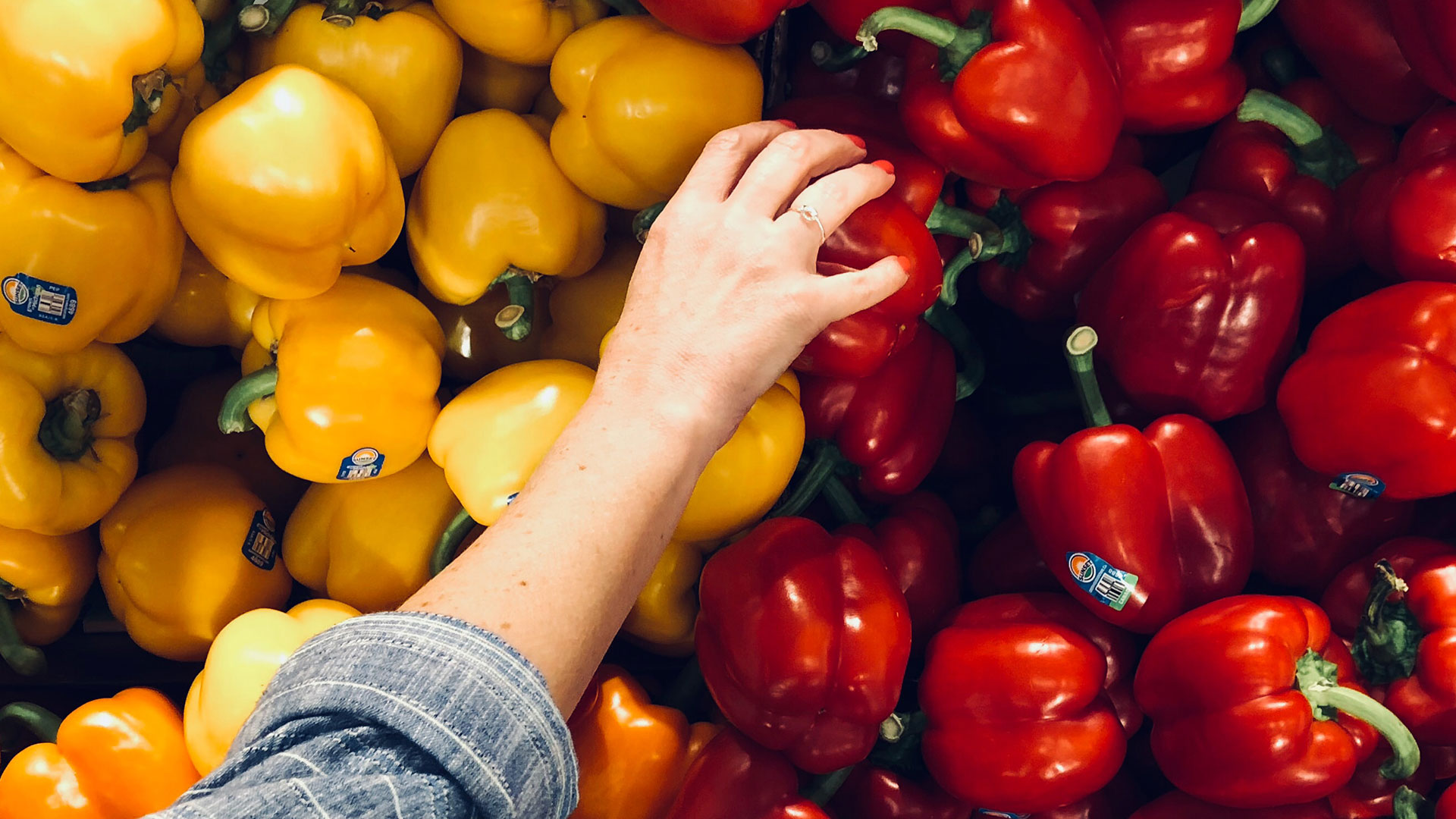With consumer behavior changing almost immeasurably over the past year, grocers must now think outside the box to keep and increase customer loyalty.
As we progress into the second year of the Coronavirus disease (COVID-19), with restrictions and lockdowns still in force around the world, many businesses are still trying to figure out how best to adapt to the changing environment. With numerous vaccines being deployed, there’s light at the end of the tunnel; however, questions remain as to whether life will ever really go back to how it was.
One sector that has managed to ride the wave during the pandemic (so far) is the grocery industry. Americans have been forced to cut back on dining out, which has led to over half (55%) choosing to eat at home more frequently. This shift in behavior has presented a huge opportunity not only to grocers, which have benefitted from market growth by as much as 10% in 2020, but also meal preparation companies, which according to the Wall Street Journal, increased its user base to 376,000 in Q1 of 2020.
As restaurateurs begin planning for a new future, and grocers look ahead to the next 6-12 months, which strategies should this sector be considering to ensure they resonate with post-pandemic customers in the years ahead? Here are a few suggestions.
The time for technology in store is now
According to McKinsey, prior to COVID-19 almost all (98%) of U.S. grocery sales were conducted in-store. But, as customers made the shift at scale to online shopping, grocers are now looking to determine if these hesitant shoppers will ever switch back to in-store shopping.
Many grocers have already adapted to serve the needs of these shoppers by introducing or expanding curbside pickup options. But, now with competition from newer entrants heating up, grocers will need to keep up if there’s ever a chance at bringing back in-store shopping, as safety will continue to be a concern for some time to come. With a duty to safeguard customers in the COVID-19 age, legacy grocers should feel confident pressing ahead with digital investments that eliminate interactions with staff or other shoppers, which previously might have been challenging to justify.
Kroger, for example, is testing a new smart cart that allows customers to scan items as they shop, therefore skipping the queue. By cutting out minutes from the shopping journey and returning control to shoppers when they may feel out of their depth, it’s hoped this will keep customers engaged while not having to sacrifice the enjoyable aspects of browsing.
Similar technology has been added to Giant Eagle stores, allowing customers who simply download the “Scan Pay & Go” app onto their smartphone to scan items as they put them into their shopping cart. Giant Eagle has taken this a step further, and streamlined the process for speedy shoppers, by adding check-out lanes dedicated entirely to those customers using the Scan Pay & Go lane, further minimizing contact. This company is also leveraging inventory robots to ensure restocking happens quickly and efficiently while also eliminating the need for additional workers among the aisles with shoppers.
Think outside the box
More people working-from-home (possibly for good) has signalled a shift away from the dreaded weekend grocery shop. According to Instacart order data, there has been an inevitable switch from weekend to weekday shopping, with as many as a quarter (22%) of shoppers making the change this year.
It’s not just when customers visit the stores that’s changed, but also how frequently. With people unable to visit restaurants and mealtime becoming a heavier lift with more cooking, shoppers are upping their spend in an attempt to try new things, while also stocking up on essentials due to the uncertainty of supply. Data from Forbes revealed that in March 2020, the average American household spent $525 per month on groceries, up 30% from March 2019.
With customers experimenting with different ingredients, grocers should consider expanding their product lines and supplementary meal bundles or recipe ideas to keep up with changing customer behaviors. The customer is still king, therefore grocers should be using the pandemic as an opportunity to experiment with new ideas and expand their footprint within these customers’ lives.
Simply having an app isn’t enough
In today’s market, when you factor in the uncertainty of how consumers will continue to react to COVID-19, retailers must go the extra mile to engage with customers and earn their loyalty. This is especially true for connected customers, which today is pretty much everyone. Connected customers are those, who even pre-pandemic, interacted daily with brands through digital means and expected them to be available to them when and how they wanted. This new norm represents an era of digitally-empowered customers that expect any brand to offer them digital connection points and continuous innovation on a regular basis.
While having an app that allows your customers to interact with your brand was once seen as innovative, now, it’s simply table stakes. Today the focus should turn to continuous innovation and constant iteration to keep up with customer expectations. No longer is it enough to compete within your industry, but grocers, and businesses in every industry, must pay attention to digital innovations and leaders across the board. The Ubers, Netflix and Amazons of the world have trained us be digital first. Loyalty must be earned by constantly winning with customers and offering them innovations and conveniences that can’t be found elsewhere. Because if they are available elsewhere, your customers will follow.
The future of grocery
With consumer behavior changing almost immeasurably over the past year, grocers must now think outside the box to keep and increase customer loyalty. By creating data-driven digital touchpoints and personalizing the shopping experience both in store and out of store, grocers can ensure that they are staying relevant in their customers’ lives and hopefully maintain their presence in our new worlds even after restaurants open their doors once again.

